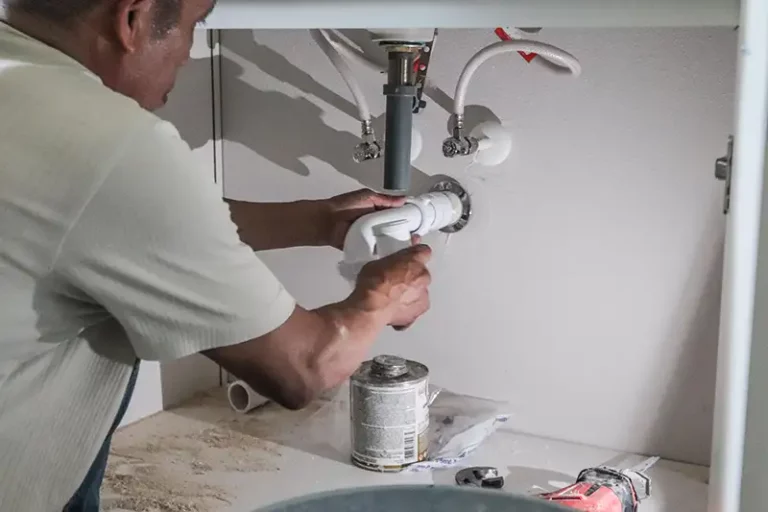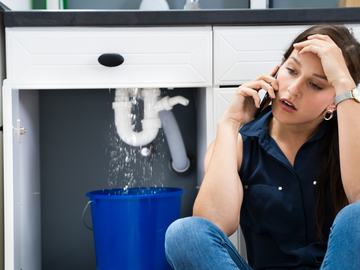In the evolving landscape of industrial quality assurance, the integration of cutting-edge technologies has become imperative. One such advancement, remote access leak detection, is transforming how industries manage and mitigate potential leak hazards. These systems not only ensure safety but also protect valuable resources by allowing real-time monitoring from virtually anywhere in the world.

Understanding Remote Access Leak Detection
At its core, remote access leak detection involves using technology to monitor and detect leaks in various settings, such as industrial plants, homes, and municipal water systems. These systems typically employ sensors and software platforms that send critical data to operators. This approach minimizes the time taken to identify and respond to leaks, substantially reducing potential damage.
In the context of the Industry QA audience, adopting such systems means leveraging technology to uphold stringent quality standards, ensuring systems are operating efficiently while minimizing waste and environmental impact. The power to detect leaks from any location via the internet or cloud systems adds a layer of flexibility and security that was previously challenging to achieve.
Key Benefits for Industry QA Professionals
Real-time Monitoring and Alerts
One of the standout features of remote access leak detection is its ability to provide real-time data and alerts to operators. This continuous monitoring system ensures that the moment a leak is detected, alerts are triggered, allowing for swift action. As detailed in the Factory Pipe Leak Monitor article, minimizing the lag between detection and action is crucial in maintaining quality standards and preventing waste.
Cost Efficiency and Resource Protection
Leaks can be costly, not just in terms of water loss but also in potential damage and repair costs. By implementing remote access leak detection, industries can significantly cut down on these expenses. Automating the detection and response process saves not just money but valuable resources, as mentioned in Automatic Water Shut Off systems.
Scalability and Integration
Modern detection systems are designed to integrate seamlessly with existing infrastructure. Whether it's for a small setup or an extensive network, these systems offer scalability, ensuring that as your operations grow, so can your monitoring capabilities. This feature is particularly beneficial for QA professionals looking to maintain oversight across expansive facilities.
Implementing Remote Access Leak Detection
Deploying these systems requires a strategic approach. It involves understanding your facility's specific needs and the types of leaks most likely to occur. Selecting the right technology, such as sensors and monitoring platforms that align with your operational goals, is crucial.
For those new to these systems, many resources can provide guidance. For example, comprehensive guides on Smart Water Leak Detectors can help operators understand the mechanisms and functionalities of these technologies, ensuring you choose the best fit for your operations.
Current Challenges and Future Trends
Data Management
While the advantages are numerous, managing the substantial volumes of data generated by these systems can be a challenge. Effective data management strategies are essential in translating data into actionable insights. Integrating AI and machine learning can enhance data analysis, helping to anticipate potential leaks before they occur.
Leveraging AI is discussed in articles such as AI in Water Management, which explore how advanced analytics can drive efficiency.
Adoption and Implementation
The transition to these advanced systems may face resistance due to the costs and training requirements. However, the long-term benefits outweigh the initial investments, offering improved safety and operational efficiency.
Understanding the full impact of leak detection systems is crucial, as explored in the Benefits of a Leak Detection System.
Continued Innovations
As technology continues to evolve, we can expect further innovations in remote leak detection. From enhanced sensor technologies to more intuitive user interfaces, the future holds exciting possibilities for improving industrial QA practices.
Conclusion
The shift towards utilizing remote access leak detection is not just a technological upgrade but a fundamental step towards sustainable practice and efficient operations. For industry QA professionals, these systems offer a pathway to uphold high standards of safety and efficiency.
By staying informed about the latest developments and adopting best practices, your organization can lead the way in maintaining robust quality assurance standards. To delve deeper into how these systems can transform your operations, reading more comprehensive insights on the implementation process is recommended.

FAQ
What is remote access leak detection?
It's a technology enabling users to monitor and detect leaks in various settings through remote alerts, enhancing safety and resource management.
How does it benefit industry QA?
It provides real-time monitoring and alerts, cuts costs by reducing resource waste, and improves overall safety and operational efficiency.
Are these systems difficult to integrate?
No, modern systems are designed for easy integration and scalability, allowing seamless installation with existing infrastructure.






